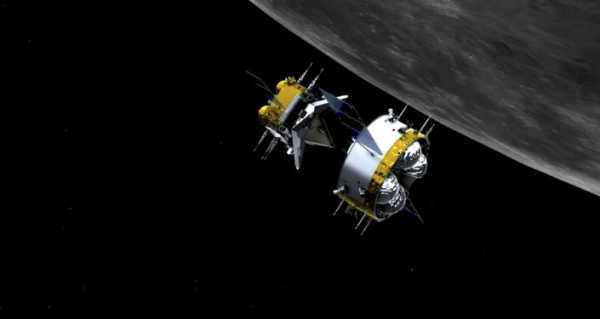
Having finished its primary mission, the part of China’s Chang’e-5 spacecraft that remained in space has departed for a new mission: exploring an unusual area of space known as a Lagrangian point.
On December 16, the orbiter vehicle performed the final task of its primary mission when it dropped off the capsule carrying samples from the lunar surface. The capsule plunged back to Earth, being recovered by Chinese scientists in Inner Mongolia for analysis.
In every two-body system, there are five points where the gravitational force of the two objects is equal, making it possible for other objects to exist there with minimal influence from the two others. They’ve proven to be valuable for research, with China placing the Queqiao communications satellite at the Earth-moon L2 Lagrangian point, which sits on the far side of the moon, to provide a link to missions on that side of the moon such as the Chang’e-4 mission in 2019.

A diagram of the Earth-Sun lagrangian points, showing the L2 destination of NASA’s James Webb Space Telescope
While Hu declined to give specifics about which Earth-sun Lagrangian point the spacecraft was headed to, amateur astronomers have suggested that based on its trajectory in recent days, it seems likely that Chang’e-5 is headed to the L1 point, which is directly between the Earth and the sun.
Hu noted the Chang’e-5 orbiter still has a substantial amount of propellant fuel left, meaning it will be able to continue maneuvering for some time.
The US space agency NASA is preparing a mission to one of Jupiter’s Lagrangian points as well. At the L3 and L4 points, planets tend to collect “Trojan” asteroids and other space debris, which orbit the sun ahead of and behind it. The LUCY spacecraft, due to launch sometime in late 2021, will visit eight of Jupiter’s Trojans over a 12-year period. The asteroids are believed to be captured Kuiper Belt objects, originating from the remote part of the solar system beyond Neptune’s orbit.
Sourse: sputniknews.com
0.00 (0%) 0 votes


































